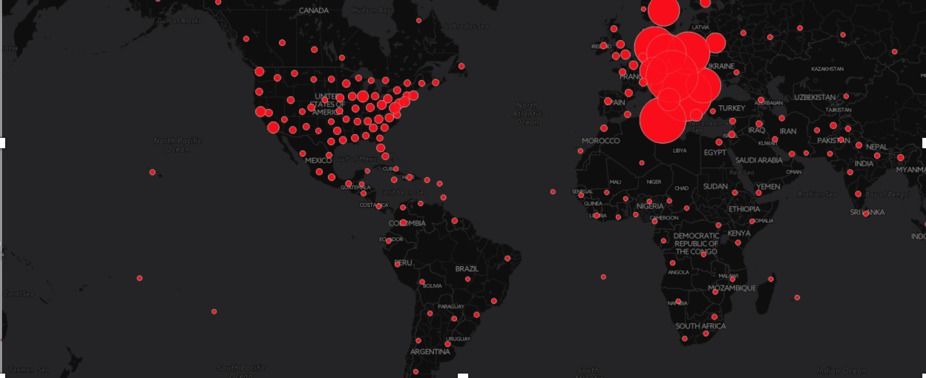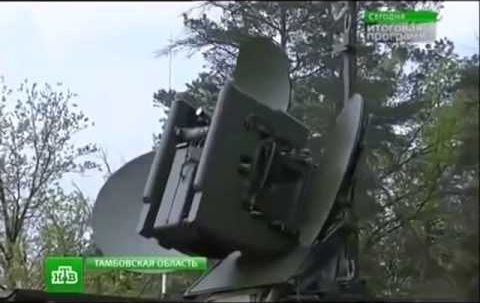The high tech sector is often the backbone of a healthy economy, and this sector of the economy is growing rapidly in many parts of the world. While growth of the technology sector is likely to continue in the developed world, high tech growth is often especially rapid in the developing world. Here are some countries where high tech sector growth is taking place at a particularly rapid pace:
China: China is experiencing rapid economic growth in general, and this includes the country’s high tech sector. While the high tech sector of China has been growing for some time, it may grow at an even faster rate in the future. China’s economy is thought to be making a transition from an industrial to a post industrial nation. This transition often leads to growth in the high tech sector.
Since people in China are spending more on merchandise in general, more people in China are purchasing high tech gadgets. You can see this trend from the increase in internet usage that has been happening throughout China. It is estimated that there is a new internet user in China every 1.6 seconds. Currently, nearly 600 million people in China already use the internet. This is nearly double the population of the United States, and this figure is expected to continue rising rapidly!










